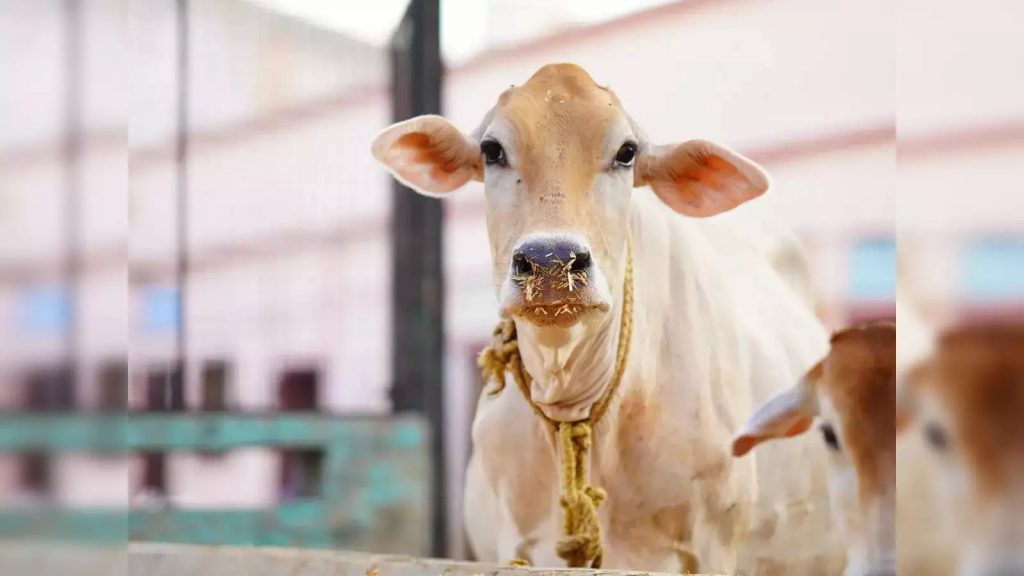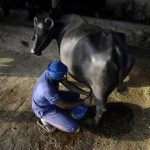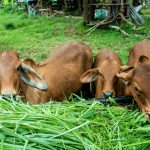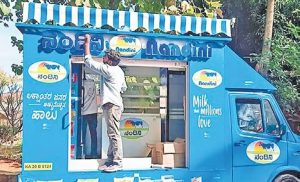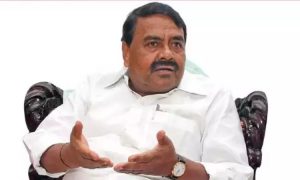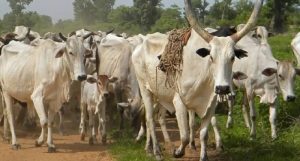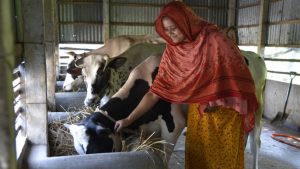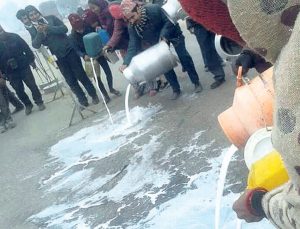
Chief minister Mohan Yadav on Wednesday announced that from Chaitra to Gudi Padwa festival, the state will observe “Cow Protection Year.” As part of this initiative, one village in each block will be developed as a “Vrindavan Village” to promote milk production and rural livelihoods.
To further encourage dairy farming, the govt will provide subsidies for rearing milch animals and bonuses on milk production.
Additionally, no management fee will be charged for operating milk unions, nor will consultancy fees be imposed for developing new processing plants and infrastructure.
The chief minister said technical and management experts will be appointed to the milk unions on the govt’s payroll, as required, to safeguard the welfare of the existing workforce. A grievance redressal mechanism will also be established to address complaints from dairy farmers associated with cooperative societies.
Under the White Revolution Mission, an investment of Rs 2,500 crore will be made to increase the number of milk coolers, mini dairy plants, and chilling centers in collaboration with Sanchi Dairy Federation in every district.
He said an agreement with the National Dairy Development Board will play a crucial role in achieving these goals. This initiative will strengthen the cooperative system under the state’s Animal Husbandry and Dairy Department, as well as the Sanchi brand.
You can now read the most important #news on #eDairyNews #Whatsapp channels!!!
🇮🇳 eDairy News ÍNDIA: https://whatsapp.com/channel/0029VaPidCcGpLHImBQk6x1F
